The residence may not be rich and spacious, but it must be clean and tidy.
This should be the requirements of many friends for the home environment, right?
Wiping and sweeping at home must also be your daily activities. What do you think is the dirtiest place in your home? Bathroom? In fact, some sanitary dead corners have been ignored by many people.
Today, Dr. Clove led everyone around the house, taking stock and cleaning up the dirty places in the home environment.
First stop: kitchen
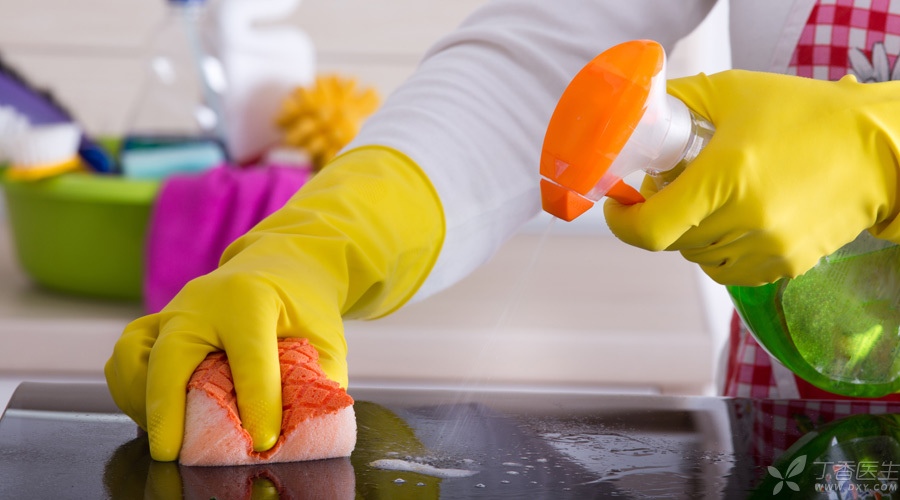
The kitchen has high temperature and humidity, relatively poor ventilation, and various visible and invisible food residues, which is simply a paradise for microbial growth.
The following are some key areas.
1. Dishwashing cloth, dishwashing sponge
The dishwashing cloth is the perfect culture medium for bacteria.
Due to frequent and repeated use, dishwashing cloths often bring microorganisms from one place to another, causing pollution to expand.
After using the dishwashing cloth, be sure to wash them clean, or rub them with disinfectant, and then dry them. It is best to boil the dishwashing cloth with disinfectant once a week and replace it with a new one within one to three months.
2. Console, dishwasher
It is inevitable that there will be residues and stains after handling food materials.
Don’t mix dishwashing cloth to wipe the table top. It is suggested to prepare special dishcloth to wipe the table top, or simply choose kitchen paper.
Step 3: Chopping Boards
In the scratches on the chopping board surface, it is easy to hide dirt and accept dirt. After use, it should be cleaned and dried in time, leaving no food residue.
The chopping board should be separated from raw and cooked as far as possible, and cleaned with running water again before the next use.
When placing, do not stick to the wall or lay flat on the table top, but hang or stand up.
Step 4 Refrigerator
It is recommended to clean the refrigerator once a month, especially in areas that come into contact with uncooked and unwashed food. At the same time, the freezer should also be defrosted.
In addition, think of the oily or fresh hand, open and close the refrigerator door, and then pick up and put cooked food.
So don’t forget to clean the handle of the refrigerator.
Second stop: toilet
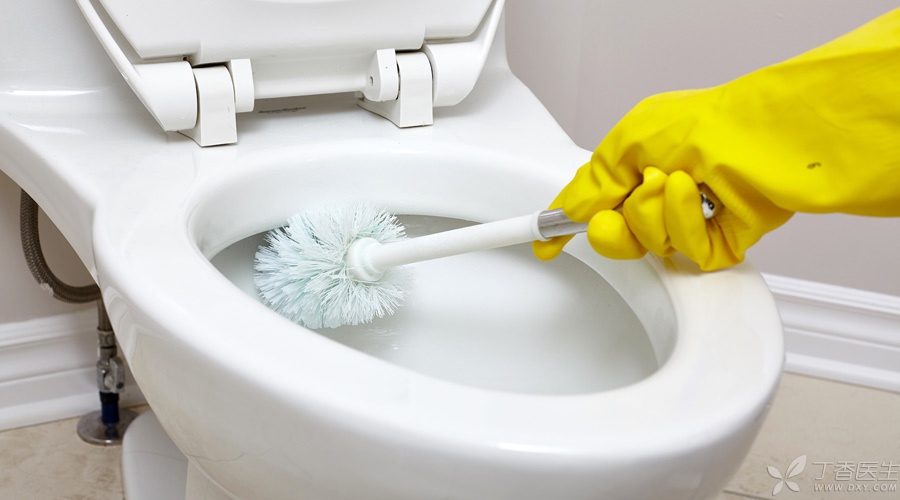
The convenient and dirty place to take a bath is not surprising. The warm water, dandruff and appropriate temperature and humidity in the shower make the bathroom an ideal place for bacteria to grow.
Dr. Clove has done a small-scale survey. In the bathroom, people will pay special attention to the cleaning of the toilet and the surrounding floor, bathtub, floor drain and shower head.
It is true that these places should be clean, but it should be reminded that don’t forget them-
Step 1: Toothbrush
There are many bacteria in the oral cavity, which will adhere to the toothbrush head when brushing teeth.
Brush your teeth, rinse and spin off the remaining toothpaste and food debris on the toothbrush with clear water, and place the toothbrush head upright upward.
The best place is dry and ventilated. Family members’ toothbrushes are separated to avoid being next to each other. Change a new toothbrush every three months.
Step 2: Towels
Bacteria like humid and warm environment, and sebum and dandruff left on towels are good nutrients for bacteria.
After using the towel, scrub it clean and unfold it to dry.
It is better to boil it with hot water every half month and change a towel every three months.
Step 3 Shower Curtain
Spread out after each use to reduce wetness.
Clean the shower curtain regularly and dry thoroughly after washing.
Stop 3: Bedroom
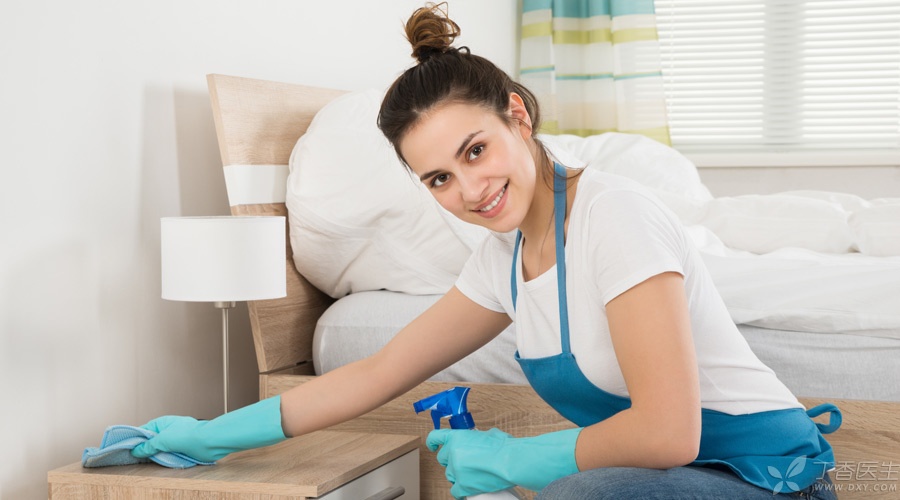
The place where you sleep must be cleaned most attentively at ordinary times.
In addition to the dust under the bed and behind the cabinet, the heavy head for cleaning the bedroom is on the bed.
Bed
The main thing is not to let dust mites grow.
Dust mites themselves and their secretions are important allergens, which may cause asthma, rhinitis, dermatitis, etc.
Often clean and dry sheets, pillow cores, curtains, etc. The bedding, bed sheets and pillow towels in the wardrobe are best washed and dried before use. Don’t forget the dead corners such as bed bottom, bookshelf and high countertop, which are easy to accumulate dust, and wipe them carefully with wet rags every week.
Under the condition of good outdoor air quality, open windows for ventilation.
Old newspapers and magazines should also be cleaned up in time, and dust mites will also be hidden in these places.
The fourth stop: laundry room
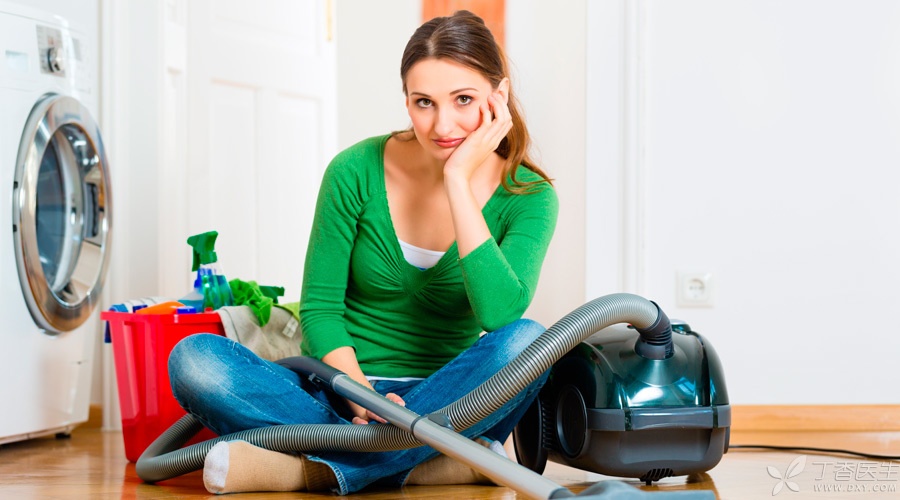
Washing machines are often in a humid state, which is easy to breed germs. Detergent, clothing dust, etc. will also remain in the washing machine drum and interlayer.
It is best to clean it every three months: fill the washing machine with warm water and a proper amount of special detergent, soak it for about 1 hour, then let the washing machine run for about 10 minutes to clean itself.
Fifth stop: living room
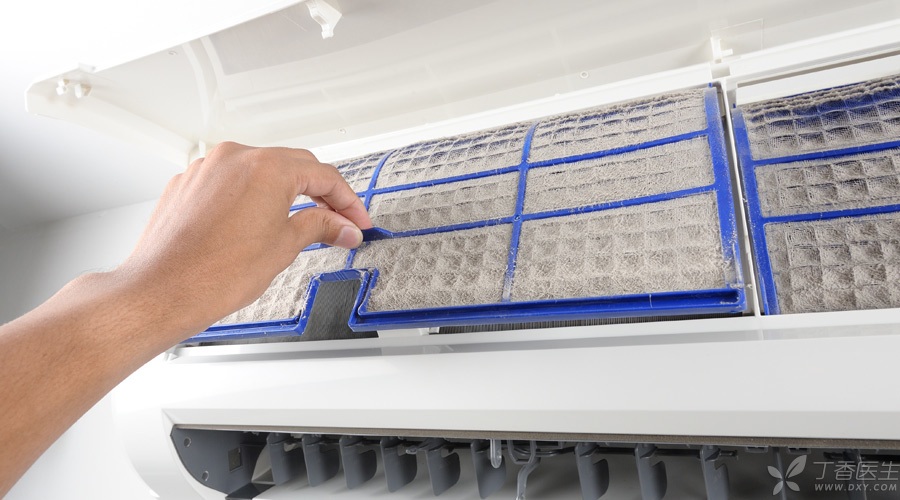
Winter is coming soon, and the air conditioner will be started. The amount of dust and microorganisms on the filter screen of household air conditioners is considerable.
Air conditioners should be cleaned regularly by professionals at least once a year.
In addition to this big piece, don’t forget a few small places.
Light switches, door handles, remote controls, computer keyboards, mobile phones and tablets are often neglected hiding places for bacteria.
You can wipe these small places once a week with a disinfectant towel.
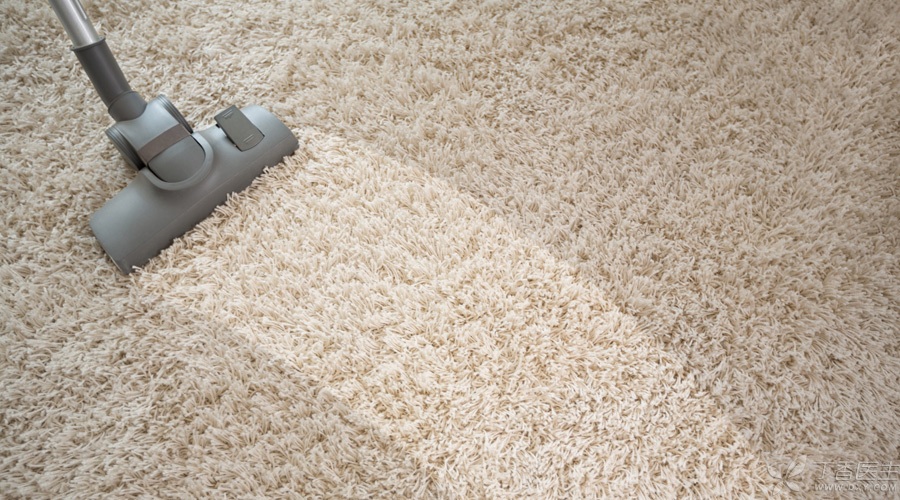
In addition to cleaning the home environment regularly, I also hope everyone can form good hygiene habits, such as changing shoes before entering the room, washing hands in time after touching raw food before meals and after defecation, etc.
Take advantage of a day when you don’t have to work, why don’t you have a cleaning of your home environment?
